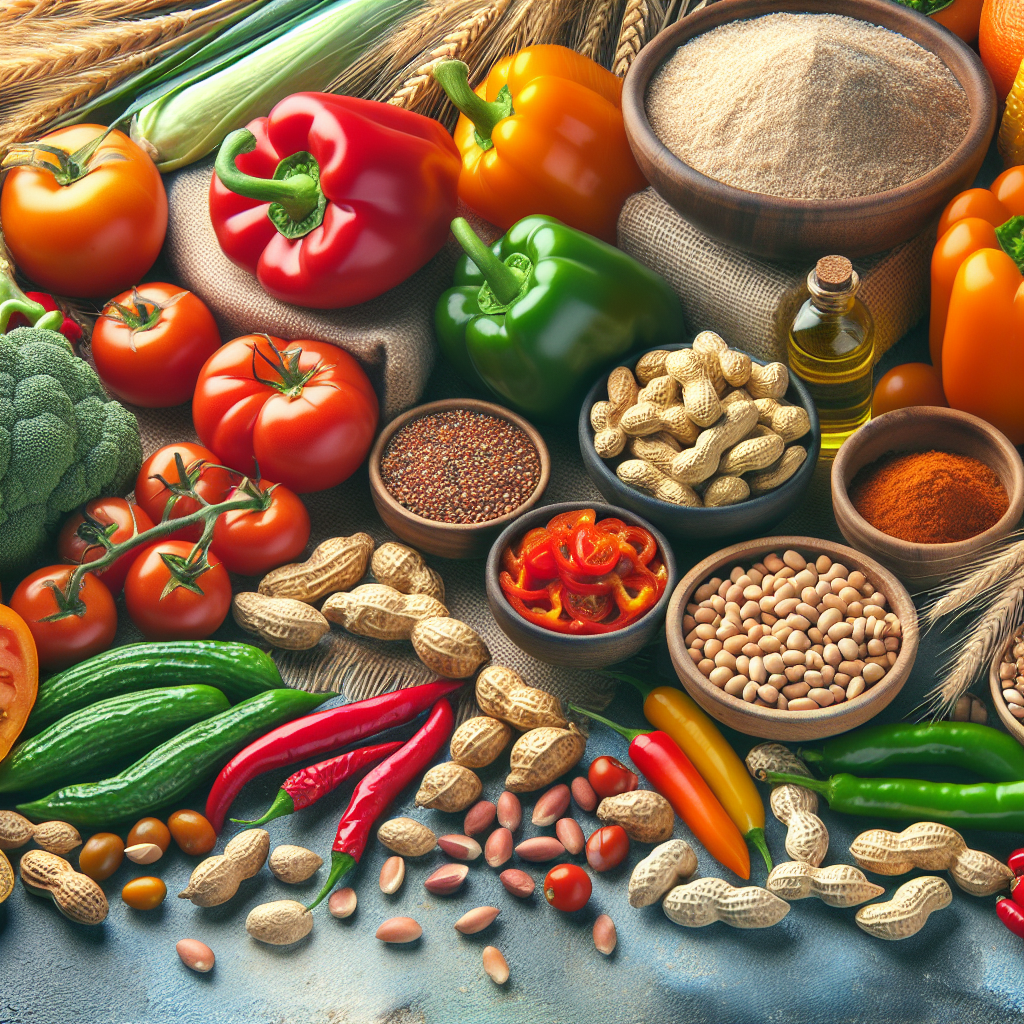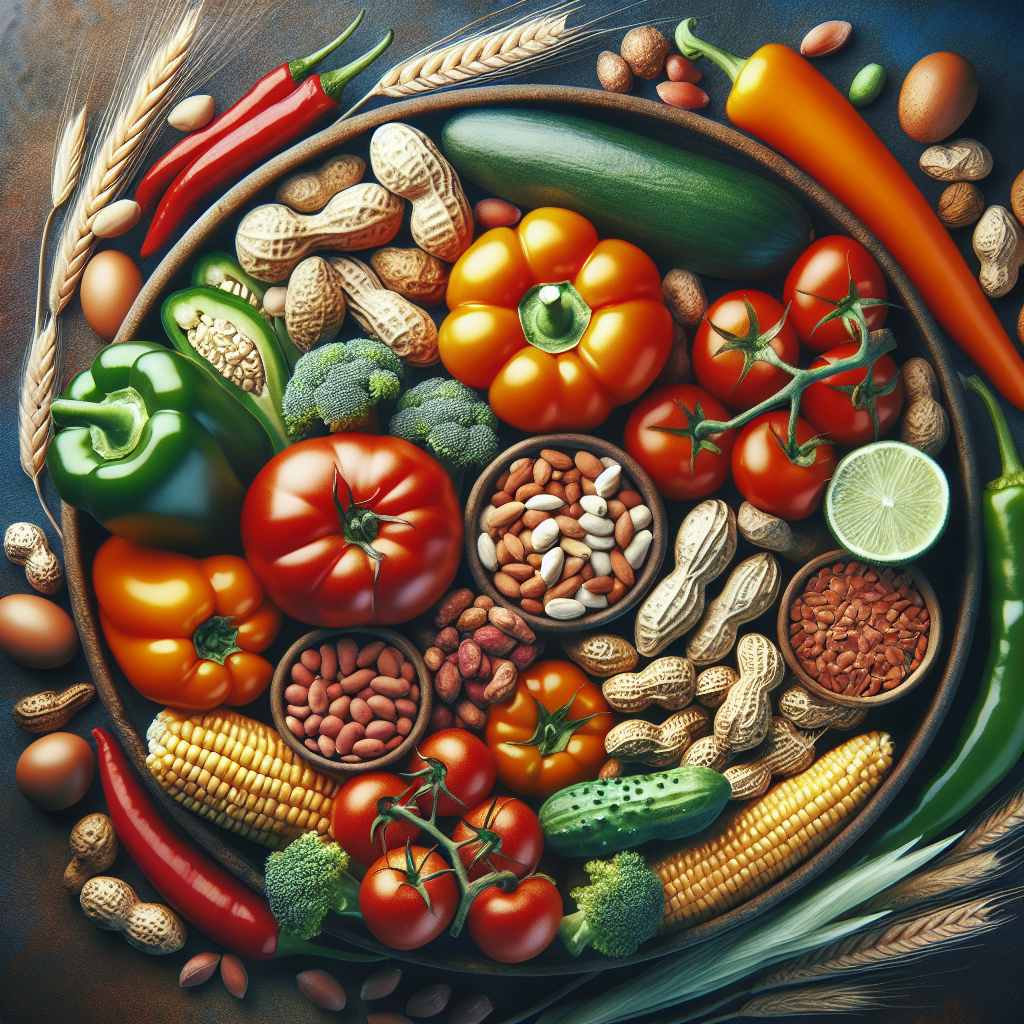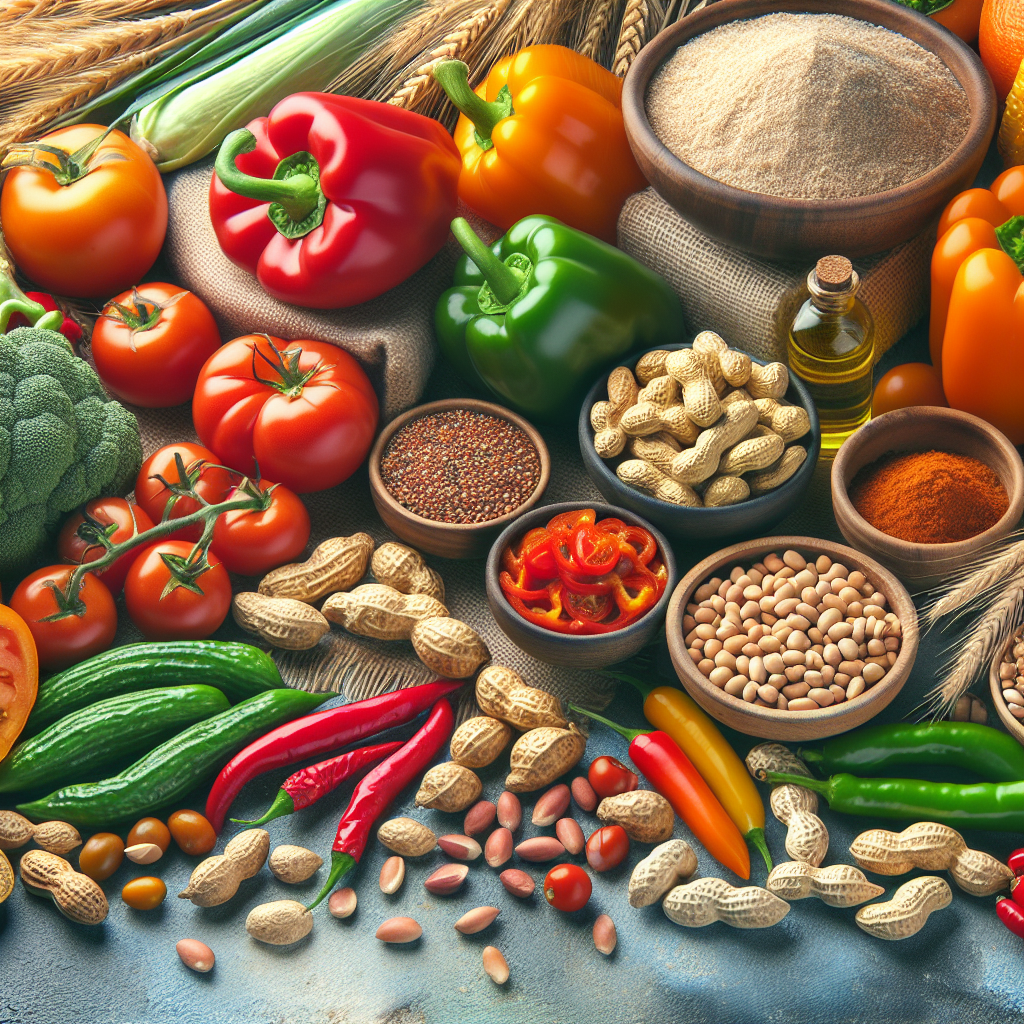Are you curious about your food and its impact on your health? There’s a certain buzz in the health world about lectins – you’ve probably heard about these proteins’ adverse effects in your diet, but do you know which foods actually contain them? Enlighten yourself on the mystery of lectins in common foods with this insightful piece entitled “Unveiling the Mystery: Which Foods Contain Lectins?” where we carve out the facts and debunk the myths about lectins. Let’s begin your food education right away!
Unveiling the Mystery: Which Foods Contain Lectins?
You’ve probably heard about lectins, especially if you’re interested in nutrition and healthy eating. However, you may not be sure exactly what they are, why they could be problematic, and which foods contain them. Let’s untangle this interesting subject, and shed light on the mystery of lectins!
What are lectins?
So, let’s start with the basics: What are lectins? Lectins are a type of protein found in a wide range of foods, especially in legumes, grains, and certain fruits and vegetables. They have the ability to bind to sugars and carbohydrates, which allows them to perform a variety of biological functions. While they can play positive roles in the body, like cell-cell interaction and immune response, some lectins may also have harmful effects as they can interfere with nutrient absorption and cause inflammation.
Types of lectins
There are many types of lectins, but not all are detrimental to your health. For example, some lectins, like those found in certain bacteria and viruses, can cause disease. But other lectins, like those found in beans, lentils, and whole grains, are nutritious and necessary for good health. The key is to know the difference and to consume the beneficial ones in the right way.

The impact of lectins on health
The impact of lectins on health is somewhat controversial and can vary person to person. On the one hand, certain lectins may have anti-cancer properties, and consuming them can provide numerous health benefits. On the other hand, some lectins, particularly those that are uncooked or improperly prepared, can cause digestive upset and may impact the absorption of nutrients from foods, leading to inflammation and potential contributory effects to autoimmune disorders.
Common foods that contain lectins
Now that you have a basic understanding of what lectins are and how they can impact the body, let’s delve into which foods contain these proteins. Many foods in our daily diet actually contain lectins, but again, not all are harmful. Some common foods that contain lectins include beans, lentils, dairy products, and certain fruits and vegetables like tomatoes and potatoes.

Foods with high lectin content
Some foods have a higher lectin content than others. These include legumes like beans, lentils, peanuts, and soy products. Among grains, wheat and other whole grain products are particularly high in lectins. Nightshade vegetables contain lectins too, including tomatoes, potatoes, eggplants, and peppers. Cooking, fermenting, sprouting or properly preparing these foods can help reduce their lectin content and make them safer to eat.
Foods with moderate lectin content
Foods with moderate amounts of lectins include some dairy products, certain seafood, and plants in the gourd family like melon, cucumber, and zucchini. Again, proper cooking and preparation methods are important to reduce the lectin levels in these foods.
Foods with low lectin content
Some foods have lower amounts of lectins. These include most fruits and vegetables, especially leafy greens, onions, mushrooms, berries, citrus fruits, and cruciferous vegetables like broccoli and cauliflower. Incorporating these into your diet can provide excellent nutritional benefits while limiting your lectin intake.
Lectin-rich legumes
It’s particularly important to note that legumes, including beans, lentils, and peanuts, are high in lectins. This doesn’t mean you should avoid them altogether, though — when properly prepared, by soaking, rinsing, and then cooking well, the lectin content greatly reduces and these foods can be great sources of protein and fiber.
Lectin-containing nightshade vegetables
Lectins are also present in nightshade vegetables such as tomatoes, potatoes, eggplants, and peppers. Just like legumes, these foods can still be part of a healthy diet, especially when consumed in moderation and prepared properly. Roasting or boiling these vegetables at high temperatures can help to degrade the lectins and maximize their nutritional content.
Grains, seeds, and nuts with lectins
Finally, let’s talk about grains, seeds, and nuts. Many of these foods, especially whole grains like wheat and barley, are high in lectins. Seeds, particularly sunflower seeds, chia seeds, and pumpkin seeds, have notable levels of these proteins as well. While nuts are a nourishing food group, those such as almonds, walnuts, and hazelnuts, contain modest amounts of lectins. Proper preparation methods, such as sprouting or soaking, can make these food groups more digestible and decrease their lectin content.
While it’s important to be aware of lectins and their potential health effects, it’s equally important to remember that a balanced, diverse, and wholesome diet is key to maintaining overall wellness. Proper preparation and cooking of foods known to contain lectins can help mitigate their potentially harmful effects, allowing you to enjoy a wide range of delicious, nutritious foods. So, don’t fear lectins, but understand them, in order to make the best nutritional choices for your body.
